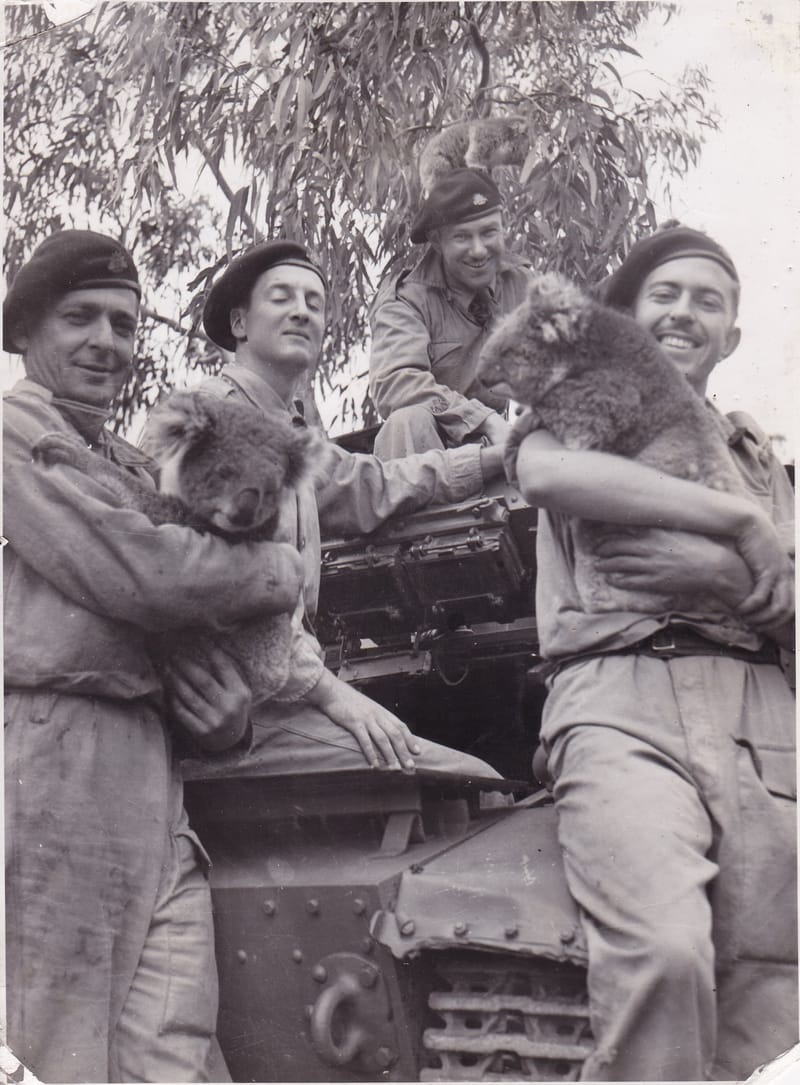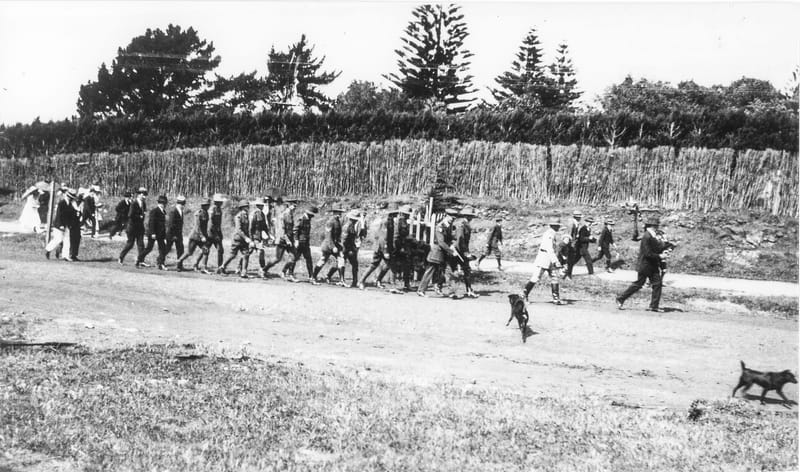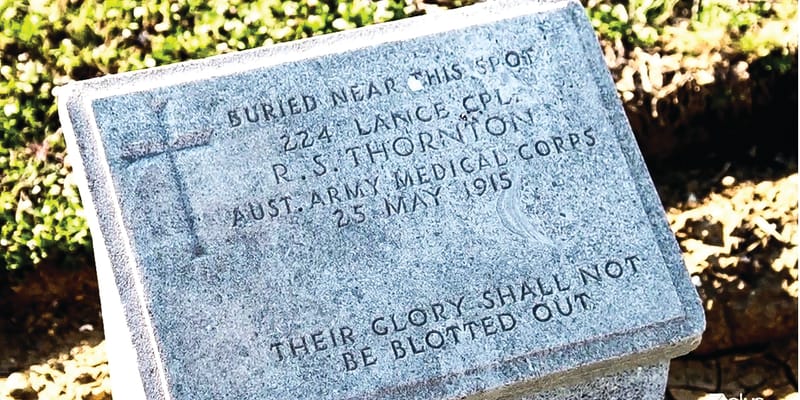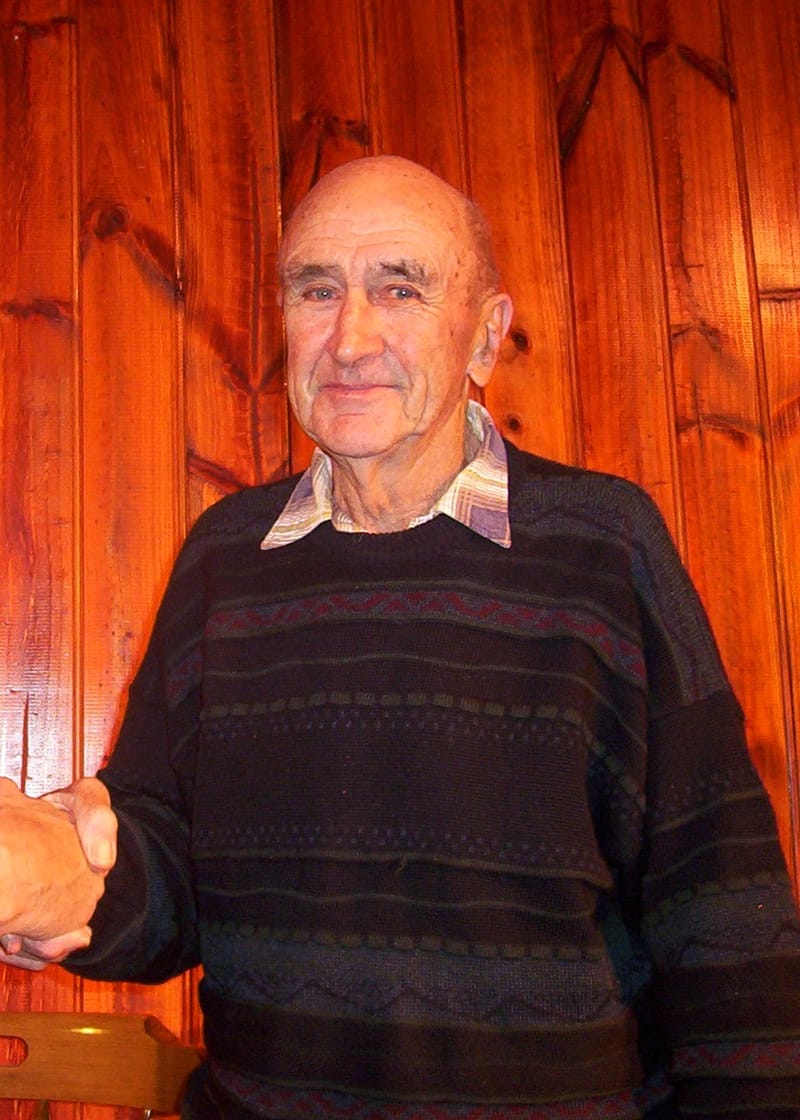War time: 1939-1945
The outbreak of World War 2 had a far reaching effect on the Phillip Island population. Residents and the Australian war office were ever conscious of the fact that Phillip Island was at the entrance to Westernport, and that the Cerberus naval base...
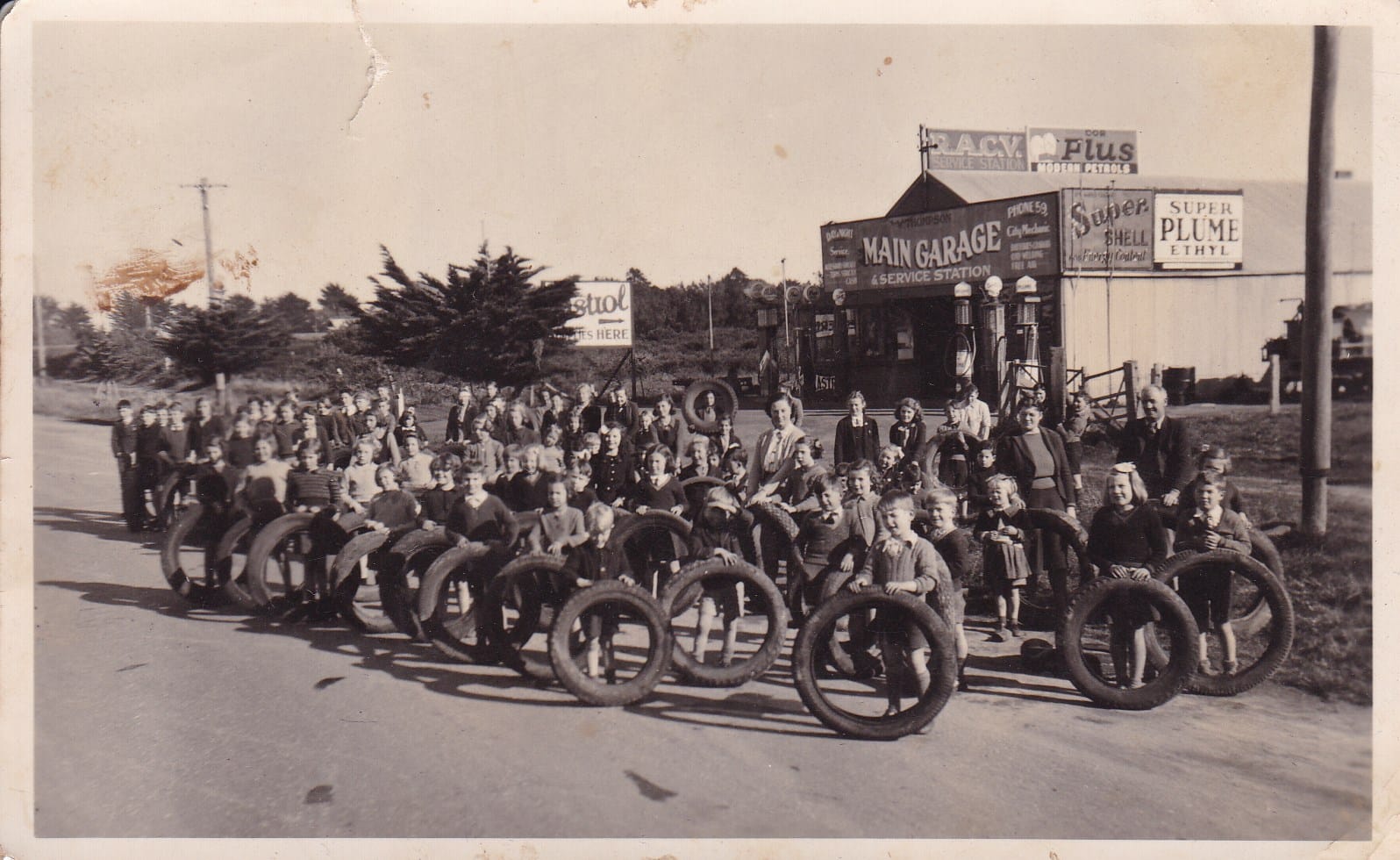
The outbreak of World War 2 had a far reaching effect on the Phillip Island population.
Residents and the Australian war office were ever conscious of the fact that Phillip Island was at the entrance to Westernport, and that the Cerberus naval base was in close proximity.
And so the island community was caught up more than most in the machinations of war.
The brand new ketch the Hilda Norling based at Rhyll was requisitioned by the United States Navy for work in New Guinea, much to its owner's dismay, particularly as it was blown up at the end of the war.
A local Volunteer Defence Corps made up of a platoon of 54 island men, conducted a 24 hour vigil, mainly stationed at the Nobbies, kepy watch out across Bass Strait, for the duration of the war.
They remained on alert for signs of invasion until August 1945.
Affectionately dubbed “Dad’s Army” by the community, their contribution was highly valued, and is recognised to this day.
A volunteer Air Observers’ Corps, trained to recognise Australiam, German and Japanese aircraft, was also established in Cowes during the Second World War. From 1942 a lookout was manned 24 hours a day, by local volunteers, in two hour shifts.
The lookout tower they sat in was erected on the site of the current Phillip Island Bakery, the highest point in Cowes.
Women and older school children manned the tower station during the day, and men at night. Their duty was to record and report by telephone to Melbourne headquarters all air movements over Phillip Island.
Because of the Island's close proximity to the naval base at Cerberus, it was thought that the island could be strategic to the enemy’s plans.
Local school children had to have a small suitcase packed at home, because of the possibility that they might have to be evacuated at a moment’s notice to other parts of Gippsland.
An air raid trench was dug at Ventnor State School, and air raid drills regularly held.
The new bridge, opened in 1940, was also mined, to be destroyed in the event of a Japanese invasion.
Passengers and crew on board the local ferry The Reliance, which was 100 years old, carried 300 passengers and served in local waters between 1943 and 1945; and the Killara before that; experienced many a hairy crossing as the gunners across the bay at Cerberus did not stop practice as the vessels came and went to and from Stony Point.
Shells regularly whizzed 15 to 20 foot above the water across the bow on their approach.
The crew remained unperturbed by this regular occurrence, but the passengers were not so sure.
The aim of the Cerberus gunners was not always accurate, with many a shell landing on Ventnor farms, including one near the school ground.



